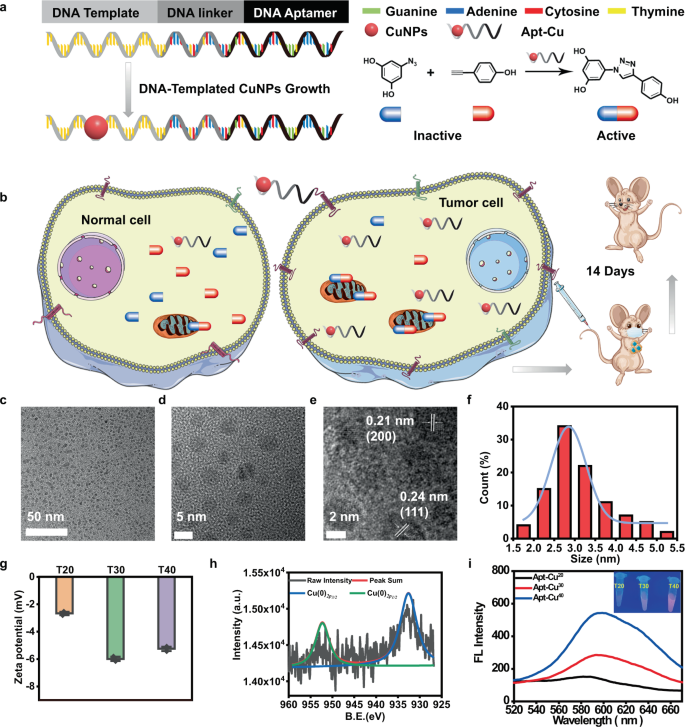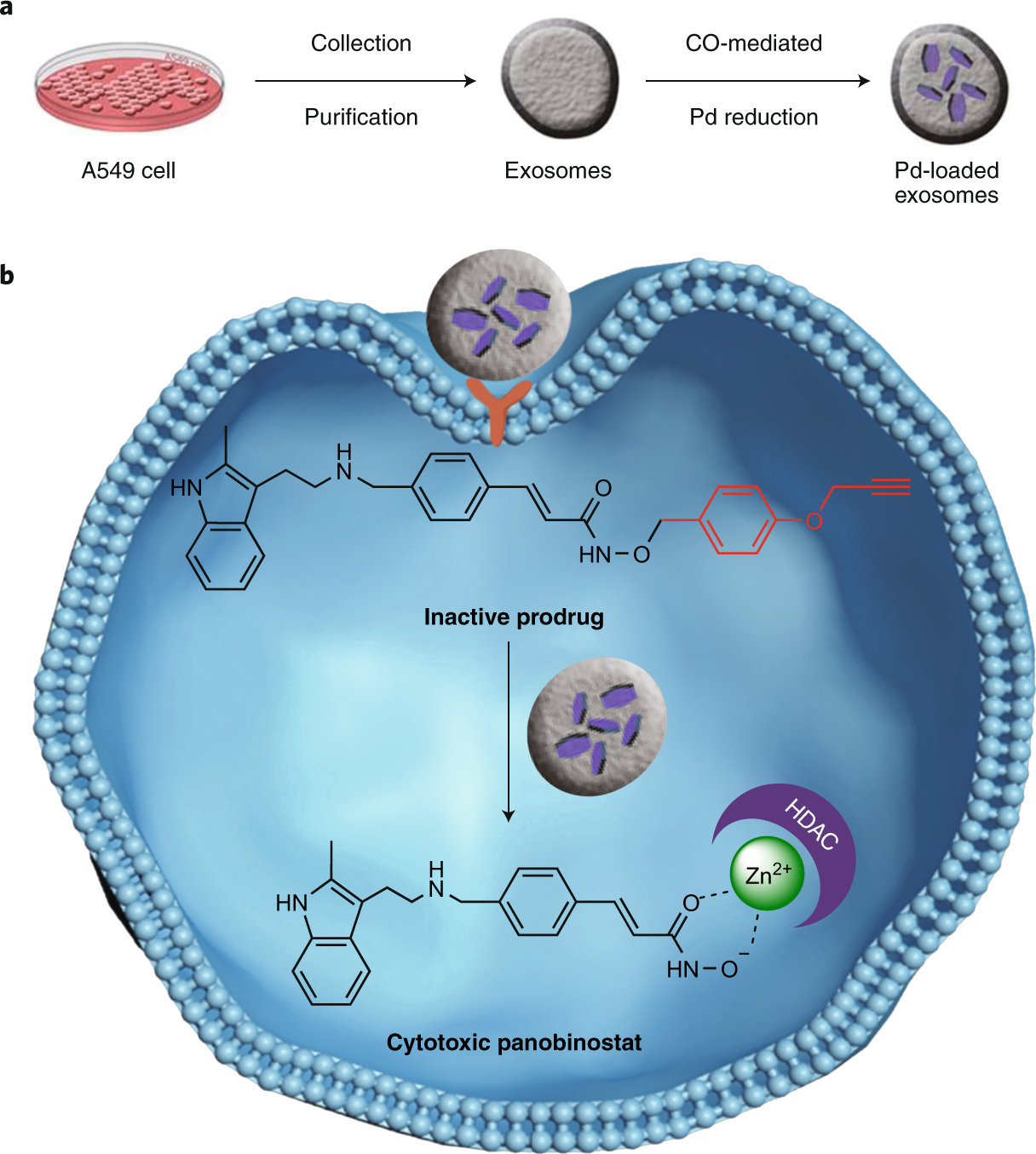
Bioorthogonal catalysis in fused exosomes (a) Catalytic conversion of... | Download Scientific Diagram
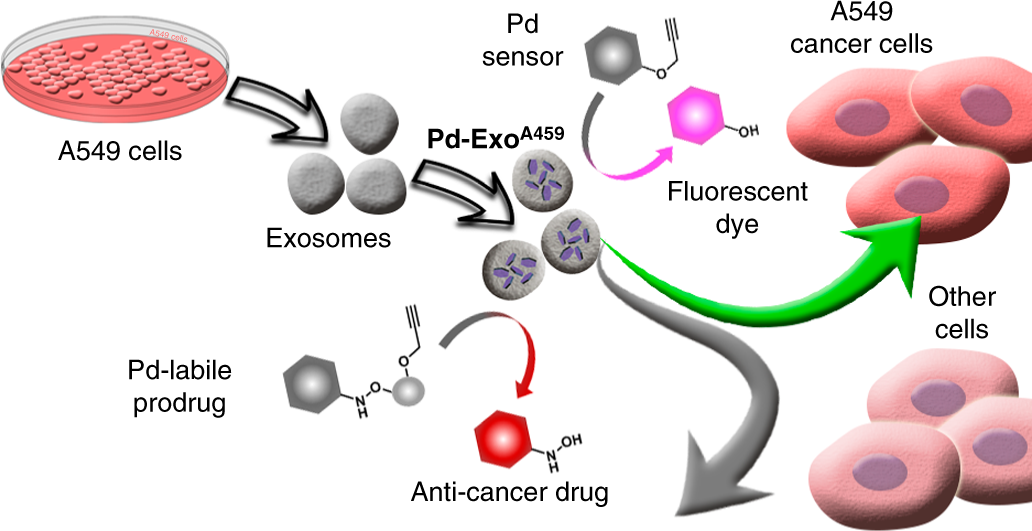
Cancer-derived exosomes loaded with ultrathin palladium nanosheets for targeted bioorthogonal catalysis | Nature Catalysis

Extracellular palladium-catalysed dealkylation of 5-fluoro-1-propargyl-uracil as a bioorthogonally activated prodrug approach | Nature Communications

Integration of Palladium Nanoparticles with Surface Engineered Metal–Organic Frameworks for Cell-Selective Bioorthogonal Catalysis and Protein Activity Regulation | ACS Applied Materials & Interfaces

Core-Shell Palladium/MOF Platforms as Diffusion-Controlled Nanoreactors in Living Cells and Tissue Models - ScienceDirect

Nanostructured Heterogeneous Catalysts for Bioorthogonal Reactions - Sousa‐Castillo - 2023 - Angewandte Chemie International Edition - Wiley Online Library

Integration of Palladium Nanoparticles with Surface Engineered Metal–Organic Frameworks for Cell-Selective Bioorthogonal Catalysis and Protein Activity Regulation | ACS Applied Materials & Interfaces
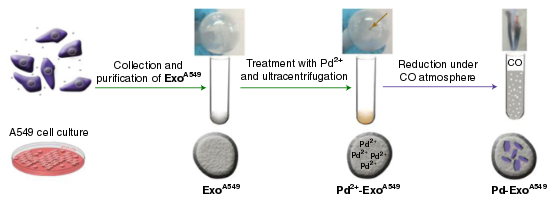
Cancer-derived exosomes loaded with ultrathin Palladium nanosheets for targeted bioorthogonal catalysis. – NFP Research Group

Development and Bioorthogonal Activation of Palladium-Labile Prodrugs of Gemcitabine | Journal of Medicinal Chemistry
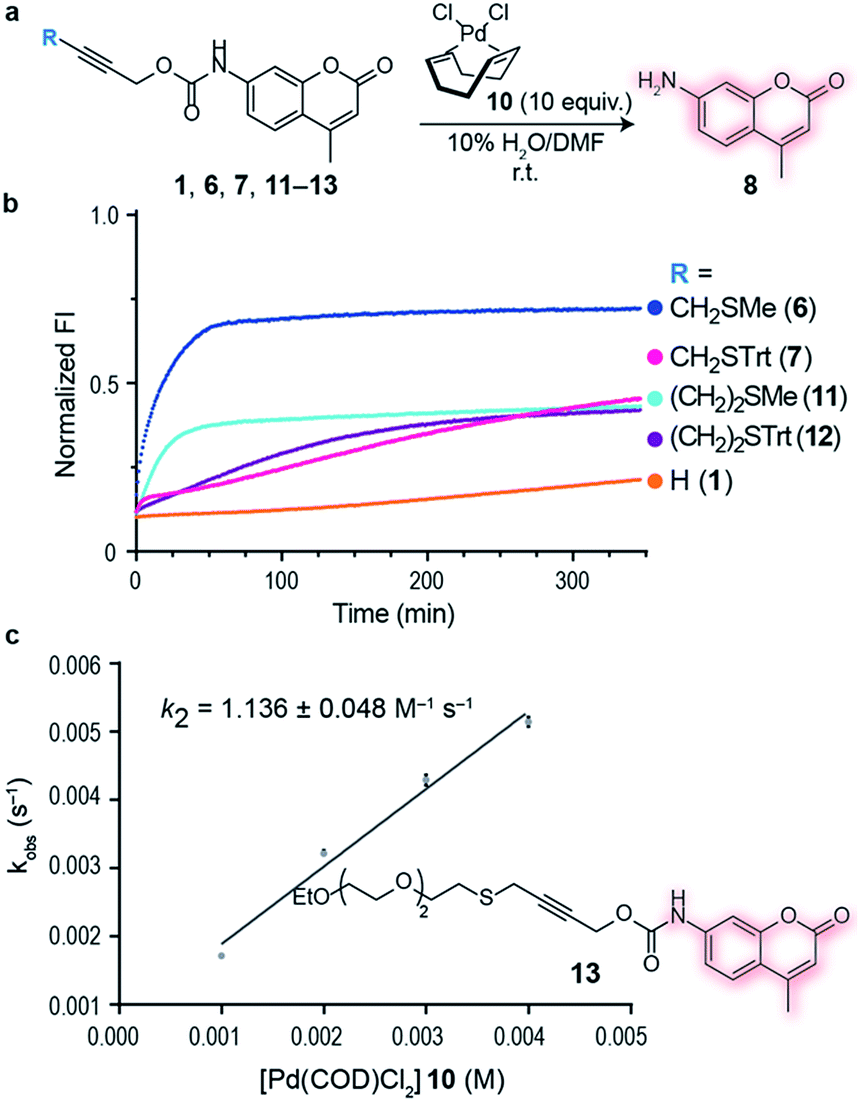
A thioether-directed palladium-cleavable linker for targeted bioorthogonal drug decaging - Chemical Science (RSC Publishing) DOI:10.1039/C8SC00256H
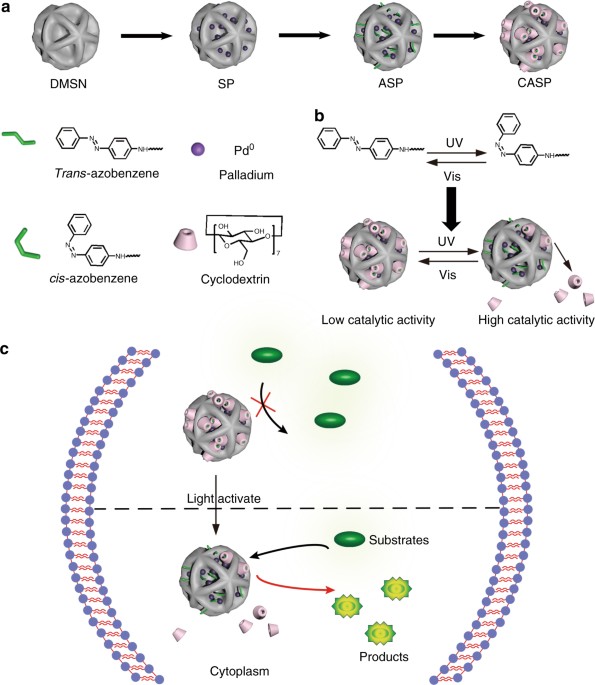
Designed heterogeneous palladium catalysts for reversible light-controlled bioorthogonal catalysis in living cells | Nature Communications

Exporting Homogeneous Transition Metal Catalysts to Biological Habitats - Seoane - 2022 - European Journal of Organic Chemistry - Wiley Online Library

Bioorthogonal Uncaging of the Active Metabolite of Irinotecan by Palladium‐Functionalized Microdevices - Adam - 2018 - Chemistry – A European Journal - Wiley Online Library
